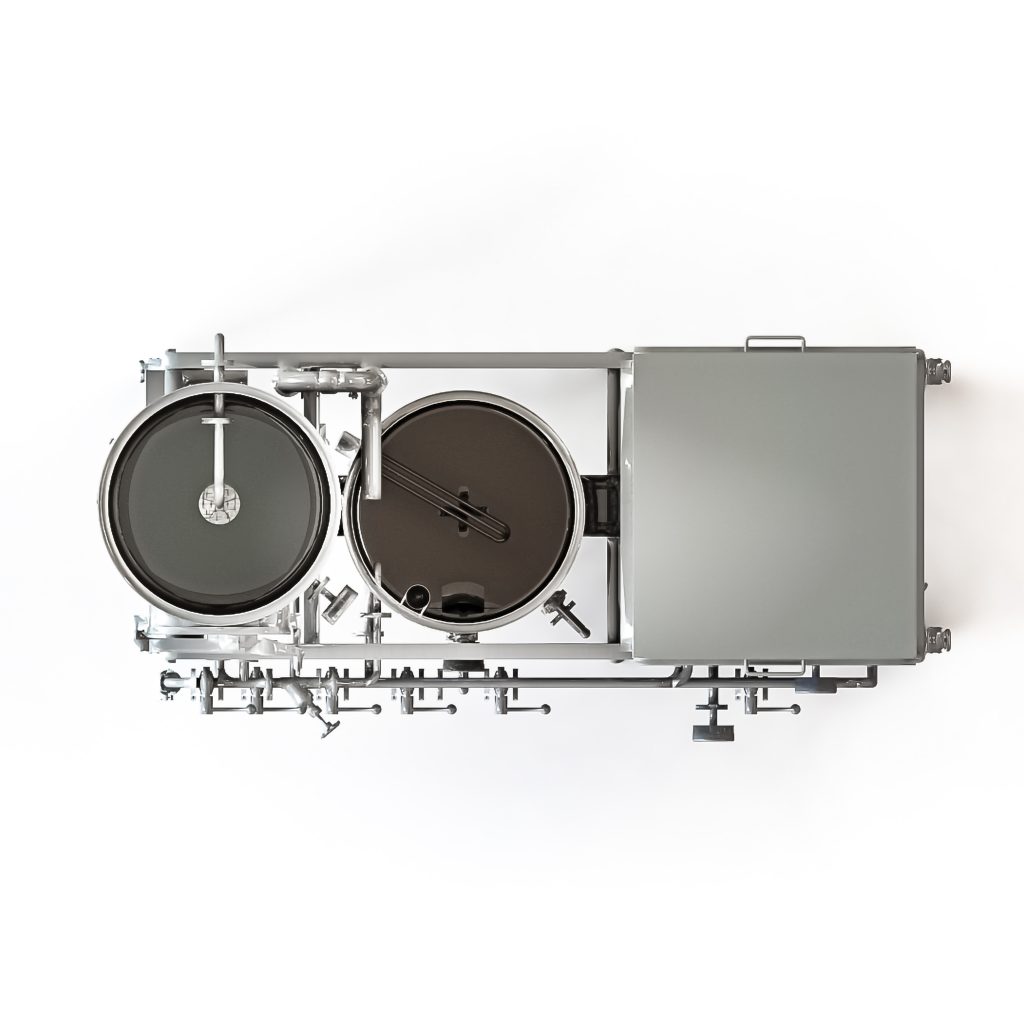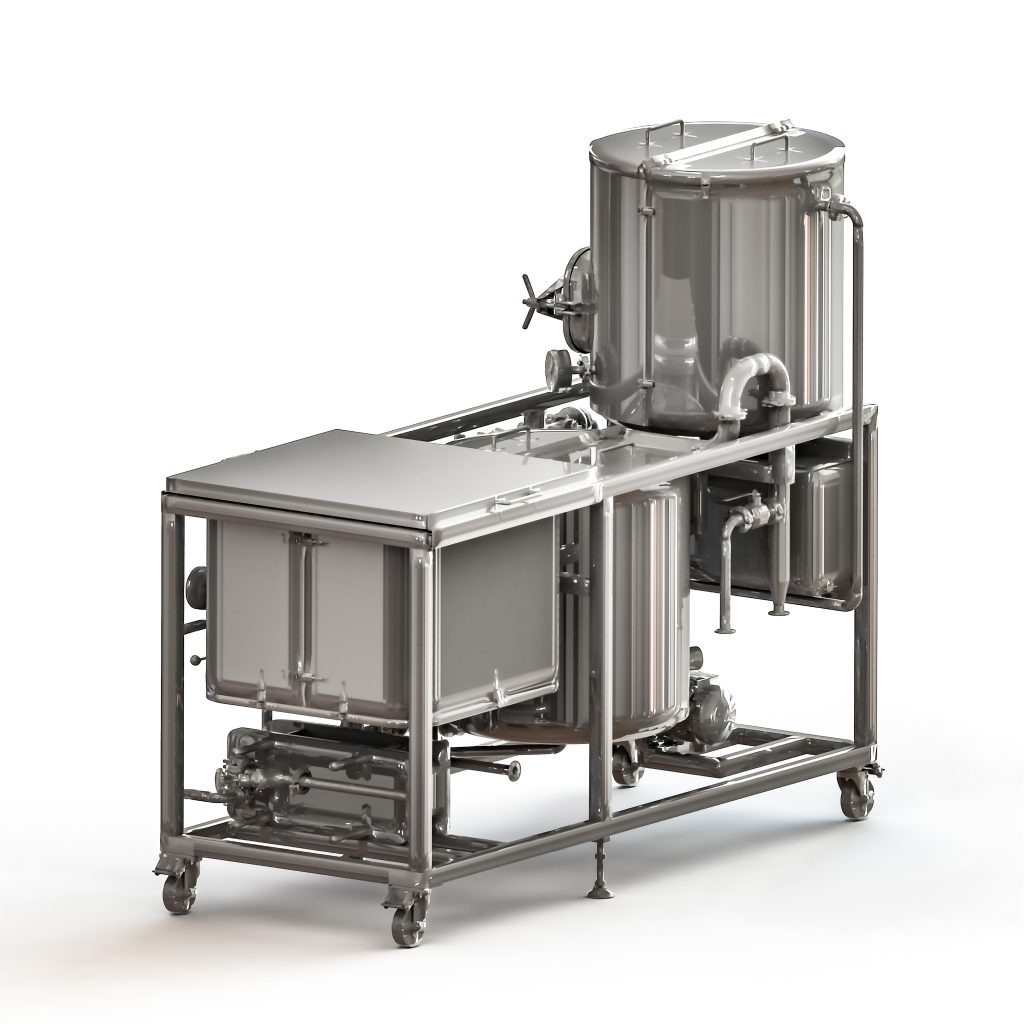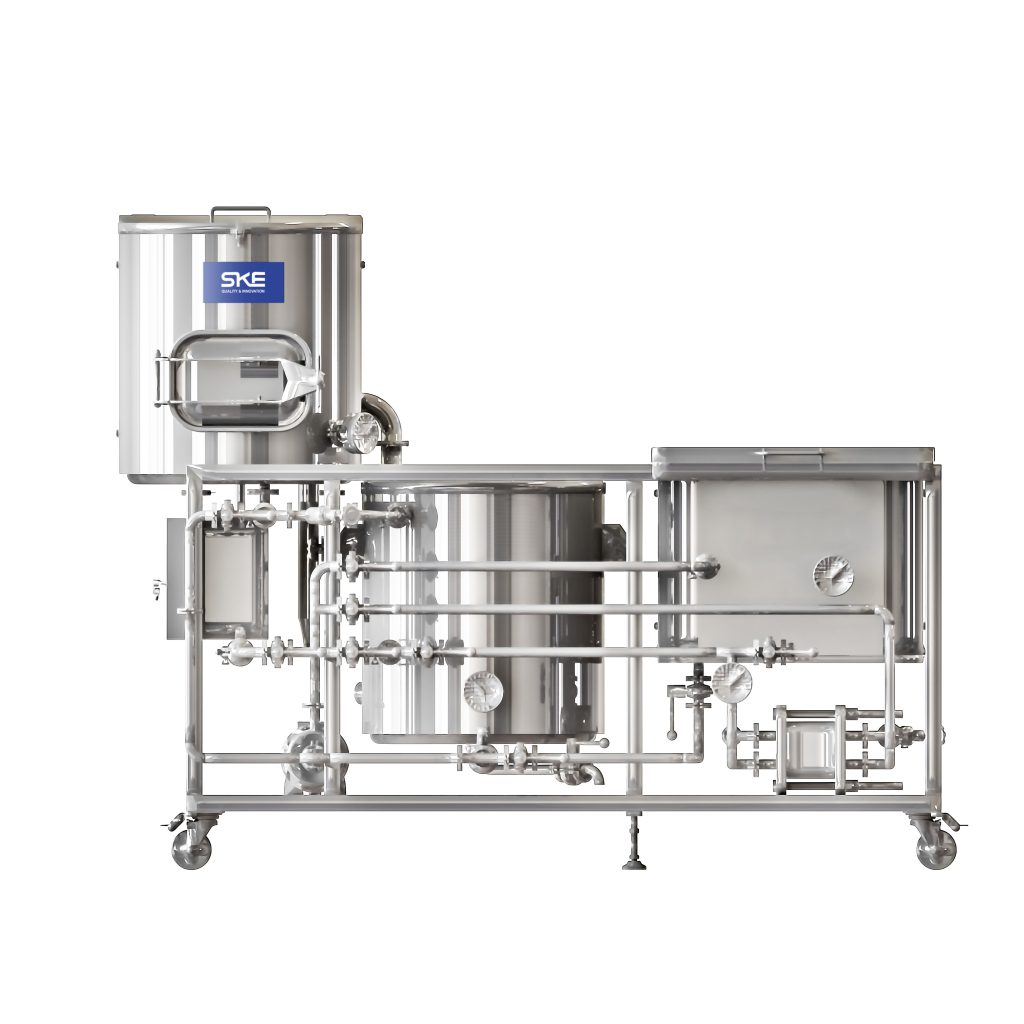Introduction

The world of craft beer has exploded in recent years, with enthusiasts eager to explore new and exciting flavors. For many, this passion leads to the desire to create their own unique brews at home. This is where home beer brewing systems come into play. These systems offer a gateway to crafting personalized beers, allowing brewers to experiment with ingredients and techniques. This blog post will delve into the intricacies of home beer brewing systems, providing expert insights and guidance to help you embark on your brewing journey.
Why Choose Home Beer Brewing Systems?
Home beer brewing systems provide a multitude of benefits. They offer a cost-effective way to enjoy craft beer, as brewing your own can be significantly cheaper than purchasing commercially produced beers. Furthermore, home beer brewing systems empower you to create beers tailored to your specific preferences, adjusting flavors, aromas, and alcohol content to your liking. The satisfaction of crafting a delicious beer from scratch is an unparalleled experience, fostering creativity and a deeper appreciation for the brewing process.
Understanding the Components of Home Beer Brewing Systems
A typical home beer brewing system comprises several essential components. These include:
- Brew Kettle: This is where the wort, the sugary liquid extracted from malted grains, is boiled.
- Fermenter: This vessel houses the wort during fermentation, where yeast converts sugars into alcohol.
- Airlock: This device allows carbon dioxide to escape during fermentation while preventing contaminants from entering.
- Bottling Equipment: This includes bottles, caps, and a bottle capper for packaging the finished beer.
- Sanitation Supplies: Essential for maintaining a clean and sterile environment to prevent off-flavors.
Advanced Home Beer Brewing Systems Features
Modern home beer brewing systems often incorporate advanced features, such as temperature control, automated timers, and integrated filtration systems. These features enhance precision and efficiency, streamlining the brewing process and ensuring consistent results. Some systems include digital displays for easy monitoring and adjustments.
Choosing the Right Home Beer Brewing Systems
Selecting the ideal home beer brewing system depends on various factors, including your budget, experience level, and desired batch size. Here are some key considerations:
Beginner-Friendly Home Beer Brewing Systems
For novice brewers, starter kits are an excellent option. These kits typically include all the necessary equipment and ingredients for a first batch, providing a simplified introduction to home brewing. All-in-one home beer brewing systems are also popular for beginners, as they combine multiple functions into a single unit, reducing complexity.
Advanced Home Beer Brewing Systems for Experienced Brewers
Experienced brewers may opt for more sophisticated systems that offer greater control and flexibility. These systems often feature advanced temperature control, programmable brewing schedules, and larger batch sizes. They allow for more intricate brewing techniques and experimentation.
Essential Equipment for Home Beer Brewing Systems
Beyond the core system, several essential pieces of equipment enhance the brewing experience. These include:
- Hydrometer: Measures the specific gravity of the wort, indicating the alcohol content.
- Thermometer: Monitors the temperature of the wort and fermentation.
- Sanitizer: Ensures a clean and sterile brewing environment.
- Bottling wand: for ease of bottling.
Home Beer Brewing Systems: Brewing Process Overview
The brewing process involves several key steps:
- Mashing: Malted grains are steeped in hot water to extract sugars.
- Lautering: The wort is separated from the spent grains.
- Boiling: The wort is boiled with hops to add bitterness and aroma.
- Cooling: The wort is rapidly cooled to a temperature suitable for fermentation.
- Fermentation: Yeast is added to the wort, converting sugars into alcohol.
- Bottling/Kegging: The finished beer is packaged for consumption.
Importance of Sanitation in Home Beer Brewing Systems
Sanitation is paramount in home brewing. Contamination can lead to off-flavors and spoilage. Thoroughly cleaning and sanitizing all equipment before and after each use is crucial.
Home Beer Brewing Systems: Ingredients and Recipes
The quality of ingredients significantly impacts the final product. Here are some key ingredients:
- Malted Grains: Provide the fermentable sugars.
- Hops: Add bitterness, aroma, and flavor.
- Yeast: Converts sugars into alcohol.
- Water: The foundation of beer.
Recipe Development with Home Beer Brewing Systems
Experimenting with different ingredients and recipes is a rewarding aspect of home brewing. Numerous resources, including books and online forums, offer a wealth of recipes and guidance.
Home Beer Brewing Systems: Equipment Maintenance

Proper maintenance ensures the longevity and performance of your home beer brewing system. Clean all equipment immediately after use, and periodically inspect for wear and tear. Store equipment in a clean, dry place.
Here is a table of some common measurements used in home brewing.
| Measurement | Use |
|---|---|
| Specific Gravity | Measures the density of the wort, indicating sugar content. |
| ABV(Alcohol By Volume) | Measures the percentage of alcohol in the beer. |
| IBU(International Bitterness Units) | Measures the bitterness of the beer. |
| SRM(Standard Reference Method) | Measures the color of the beer. |
| Temperature | Critical for mashing, fermentation, and bottling. |
Conclusion
Home beer brewing systems offer a rewarding and creative outlet for beer enthusiasts. By understanding the components, processes, and best practices, you can craft delicious and unique beers in the comfort of your own home. The ability to control every aspect of the brewing process allows for endless experimentation and customization. Embrace the journey, explore new flavors, and enjoy the fruits of your labor.
If you are looking to start your home brewing journey, invest in a quality home brewing system today. The satisfaction of drinking your own home made craft beer is well worth the investment.
FAQ
What is the best home beer brewing system for beginners?
Starter kits and all-in-one systems are ideal for beginners.
How long does it take to brew beer at home?
The entire process, from brewing to bottling, typically takes 4 to 6 weeks.
Is home brewing legal?
Yes, home brewing is legal in most countries, but regulations may vary.
What are some common mistakes beginners make?
Common mistakes include poor sanitation, inconsistent temperatures, and incorrect ingredient measurements.

